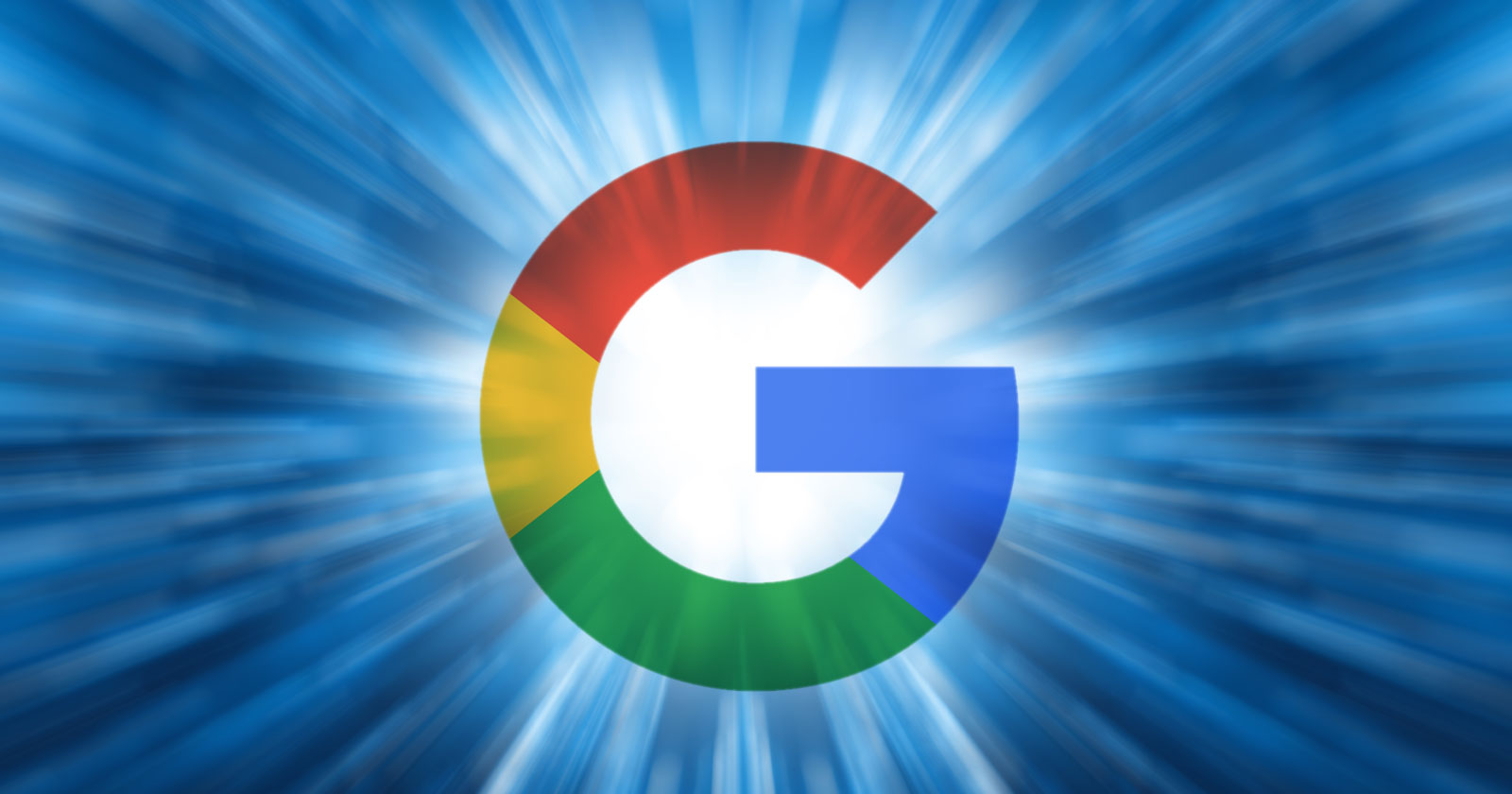New research from BrightEdge offers insights into how Google’s AI Overviews ranks websites across different verticals, with implications for what SEOs and publishers should be focusing on.
AIO And Organic Search
The data shows that 54% of the AI Overviews citations matched the web pages ranked in the organic search results. This means that 46% of citations do not overlap with organic search results. Could this be an artifact of Google’s FastSearch algorithm?
Google’s FastSearch is based on ranking signals generated by the RankEmbed deep-learning model that is trained on search logs and third-party quality raters. The search logs consist of user behavior data, what Google terms “click and query data.” Click data teaches the RankEmbed model about what users mean when they search.
Click behavior is feedback about queries and relevant documents, similar to how the ratings submitted by the quality raters teach RankEmbed about quality. User clicks are a behavioral signal of which documents are relevant. So, as a hypothetical example, if people who search for “How to” tend to click on videos and tutorials, this teaches the model that videos and tutorials tend to satisfy those kinds of queries. RankEmbed “learns” that documents that are semantically similar to a tutorial are good matches for that kind of query. The models aren’t learning in a human sense; they are identifying patterns in the click data.
This doesn’t mean that the 54% of AIO-ranked sites are there because of traditional ranking factors. It could be that the FastSearch algorithm retrieves results that are similar to the regular search results 54% of the time.
Insight About Ranking Factors
BrightEdge’s data could be reflecting the complexity of Google’s FastSearch algorithm, which prioritizes speed and semantic matching of queries to documents without the use of traditional ranking signals like links. This is something that SEOs and publishers should stop and consider because it highlights the importance of content and also the importance of matching the type of content that users prefer to see.
So, if they’re querying about a product, they don’t expect to see a page with an essay about the product; they expect to see a page with the product.
Organic And AIO Overlap Evolved Over Time
When AIO launched, there was only about a 32% overlap between AIO and the classic organic search results. BrightEdge’s data shows that the overlap has grown over the sixteen months between the debut of AI Overviews and today.
Organic And AIO Match Depends On The Vertical
The 54/46 percentage split isn’t across the board. The percentage of AIO-ranked sites that match the organic search results varies according to the vertical.
Your Money Or Your Life (YMYL) content showed a higher rate of overlap between organic and AIO.
BrightEdge’s data shows:
- Healthcare has a strong overlap: 75.3% overlap (began at 63.3%).
- Education overlap has increased significantly: 72.6% overlap between organic and AIO, showing +53.2 percentage points growth, from 19.4% to 72.6%.
- Insurance also experienced increased overlap: 68.6%. That’s a +47.7 percentage points growth from the 20.9% overlap when AIO was first introduced.
- E-commerce has very little overlap with the organic search results: 22.9% overlap (only +0.6 percentage points change).
I’m going to speculate here and say that Healthcare, Education, and Insurance search results may have a strong overlap because the pool of authoritative sites that users expect to see may be smaller. This may mean that websites in these verticals may have to work hard to be the kind of site that users expect to see. A broad and simplified explanation is that FastSearch does not use traditional organic search ranking factors. It’s ranking the kinds of web pages that match user expectations, meet certain quality standards, and are semantically relevant to the query.
Related: Google AI Overviews Impact On Publishers & How To Adapt Into 2026
What Is Going On With E-Commerce?
E-commerce is the one area where overlap between organic and AIO remained relatively steady with very little change. BrightEdge notes that AIO coverage actually decreased by 7.6%. AIO may be a good fit for research but is not a good format for users who are ready to make a purchase.
Final Takeaways
Although BrightEdge recommends focusing on traditional SEO for sites in verticals that have over 60% of overlap with organic search, it’s a good idea for all sites, regardless of vertical, to focus on traditional SEO and also to focus on precision, matching user expectations for each query, and pay attention to what users are saying so as to be able to react swiftly to changing trends.
BrightEdge offers the following advice:
“Step 1: Identify Your Overlap Profile Measure what percentage of your AI Overview citations also rank organically and benchmark against the 54% average to understand where you stand.
Step 2: Match Strategy to Intent. High overlap (>60%) means focus on SEO; low overlap (<30%) requires split content strategies; growing overlap (30-60%) needs comprehensive content serving both.
Step 3: Monitor the Convergence Track your overlap percentage monthly as it has grown +22% industry-wide in 16 months, watching for shifts like September 2024’s +5.4% jump.”
Read BrightEdge’s report:


